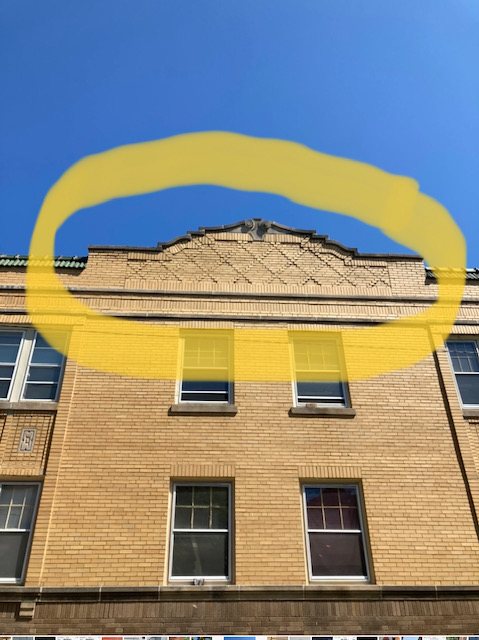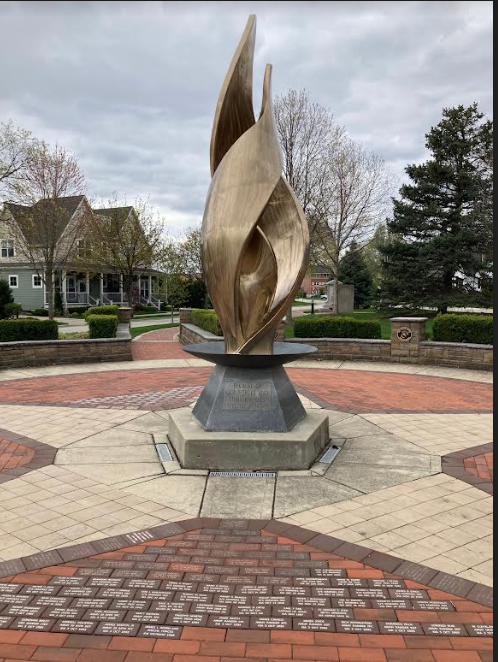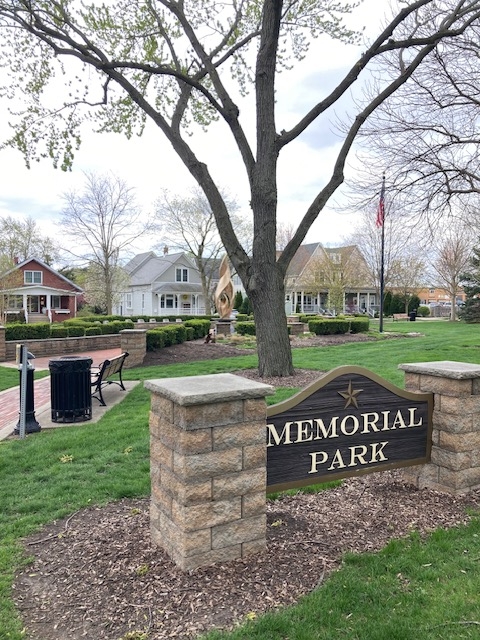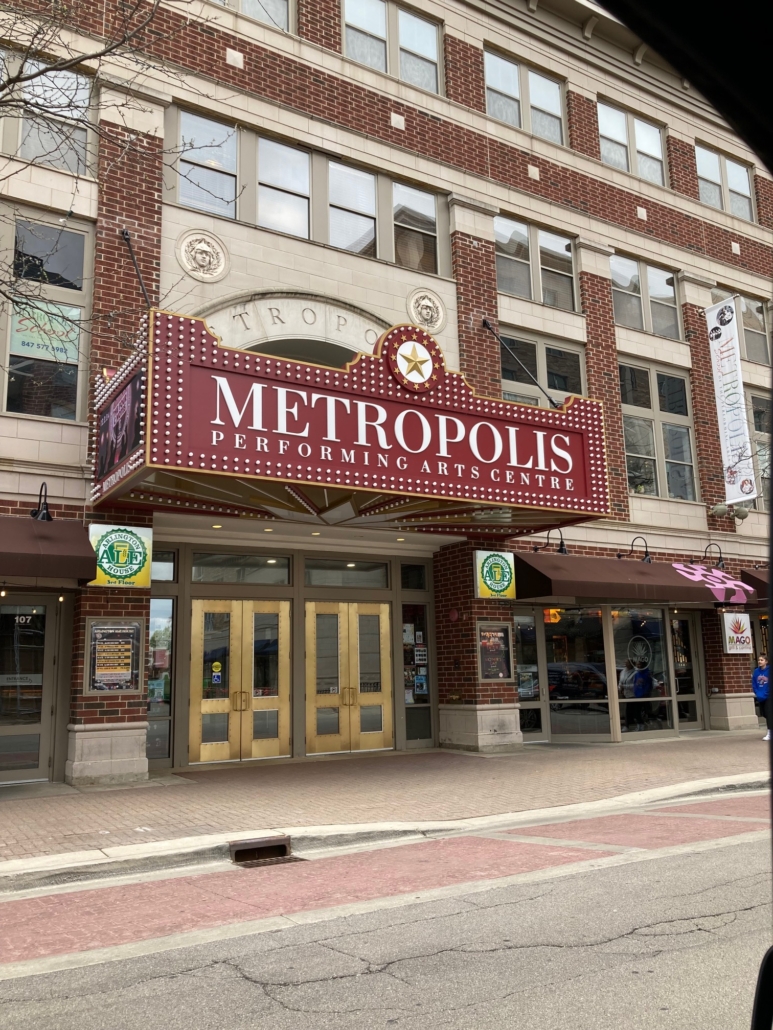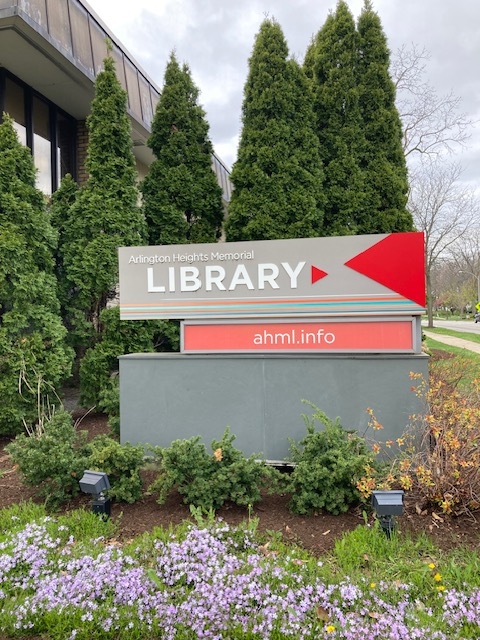A metal chimney cap is an essential accessory for any chimney system. It serves multiple functions, all aimed at enhancing the performance and longevity of your chimney while ensuring safety and efficiency. Here are five compelling reasons to use a metal chimney cap:
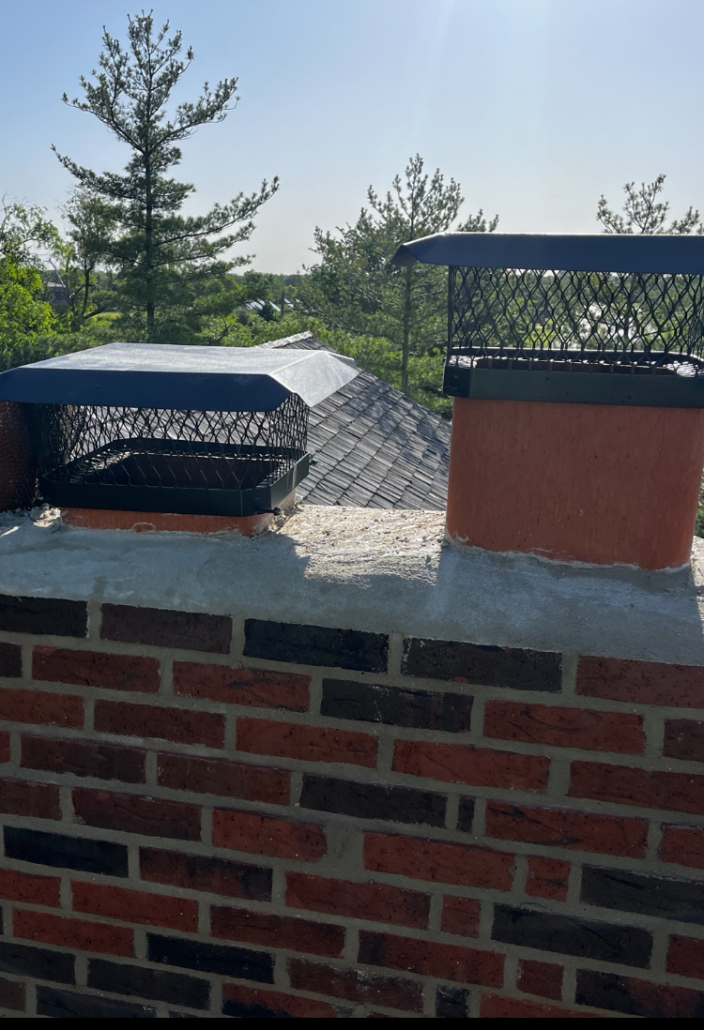
1. Protection from Weather Elements
One of the primary reasons to install a metal chimney cap is to protect your chimney from various weather elements. Rain, snow, and sleet can enter an uncovered chimney, leading to several issues:
- Water Damage: Water entering the chimney can cause significant damage over time. It can deteriorate the masonry, leading to cracks and structural issues. Water can also damage the flue liner, resulting in costly repairs.
- Freeze-Thaw Cycles: In colder climates, water entering the chimney can freeze and expand, causing further damage to the chimney structure. The repeated freeze-thaw cycles can accelerate the degradation of the chimney, making it unsafe and inefficient.
- Rust and Corrosion: For chimneys with metal components, such as stainless steel liners, water can cause rust and corrosion, compromising the integrity and safety of the chimney.
By installing a metal chimney cap, you can effectively keep water out of your chimney, thus preventing these weather-related damages.
2. Preventing Animal Intrusions
Chimneys are often attractive to various animals looking for shelter, particularly during colder months. Birds, squirrels, raccoons, and other small animals can easily find their way into an uncovered chimney, causing a range of problems:
- Nesting: Animals often build nests inside chimneys, which can obstruct the flue and prevent proper ventilation. This can lead to smoke and dangerous gases, such as carbon monoxide, backing up into your home.
- Damage: Animals can cause physical damage to the chimney structure and flue liner. They can also bring debris into the chimney, increasing the risk of blockages and fires.
- Health Hazards: Animal droppings and remains can create unpleasant odors and pose health risks due to the potential for disease.
A metal chimney cap acts as a barrier, preventing animals from entering and nesting in your chimney, thereby safeguarding your home and health.
3. Improving Fireplace Efficiency
A well-designed metal chimney cap can significantly enhance the efficiency of your fireplace or stove. Here’s how:
- Draft Regulation: A chimney cap with a mesh screen helps regulate the draft, ensuring a more consistent and efficient flow of air. This can improve the combustion process, resulting in a hotter and cleaner burn.
- Preventing Downdrafts: Strong winds can create downdrafts, pushing smoke and gases back into your home. A properly installed chimney cap can deflect the wind and prevent downdrafts, maintaining a steady and efficient updraft.
- Reducing Heat Loss: During periods when the fireplace is not in use, a chimney cap can help reduce heat loss from your home by preventing cold air from entering the chimney.
By optimizing the airflow and preventing downdrafts, a metal chimney cap helps improve the overall efficiency and performance of your fireplace or stove.
4. Fire Safety
Fire safety is a critical concern for any homeowner with a fireplace or stove. A metal chimney cap plays a vital role in reducing the risk of chimney fires:
- Spark Arresting: A metal chimney cap with a mesh screen can act as a spark arrestor, preventing embers and sparks from escaping the chimney and potentially igniting nearby combustible materials, such as your roof or dry vegetation.
- Creosote Reduction: By preventing debris and animals from entering the chimney, a chimney cap helps reduce the buildup of creosote, a highly flammable substance that forms when wood burns incompletely. Excessive creosote buildup can lead to dangerous chimney fires.
With a metal chimney cap in place, you can significantly enhance the fire safety of your home, protecting it from potential fire hazards.
5. Extending Chimney Longevity
Investing in a metal chimney cap can prolong the life of your chimney by protecting it from various forms of damage and wear:
- Preventing Debris Accumulation: Leaves, twigs, and other debris can enter an uncovered chimney, causing blockages and contributing to the deterioration of the chimney liner. A chimney cap prevents debris from entering, reducing the need for frequent cleaning and maintenance.
- Reducing Maintenance Costs: By protecting the chimney from weather damage, animal intrusions, and debris buildup, a chimney cap helps minimize the need for costly repairs and maintenance. This can save you money in the long run and extend the lifespan of your chimney.
- Preserving Structural Integrity: A chimney cap helps maintain the structural integrity of the chimney by preventing water damage, freeze-thaw cycles, and other forms of deterioration. This ensures that your chimney remains safe and functional for many years.
In summary, a metal chimney cap is a small investment that offers substantial benefits. By protecting your chimney from weather elements, preventing animal intrusions, improving efficiency, enhancing fire safety, and extending the chimney’s longevity, a metal chimney cap is an indispensable addition to any chimney system. Whether you use your fireplace frequently or occasionally, a chimney cap ensures that your chimney remains in optimal condition, providing you with peace of mind and a safer, more efficient home.
CALL OR TEXT NOW (847)496-3343

